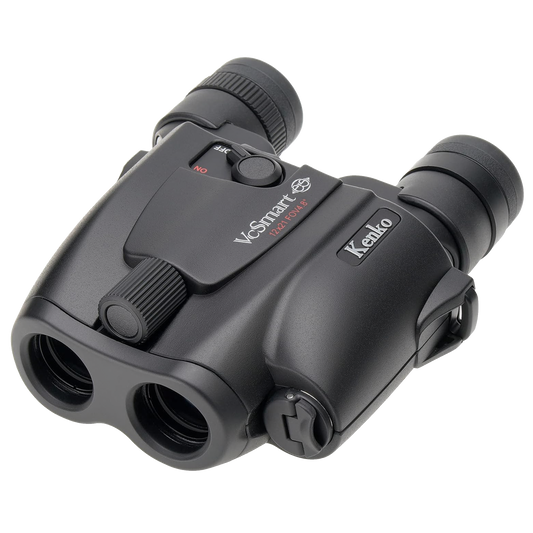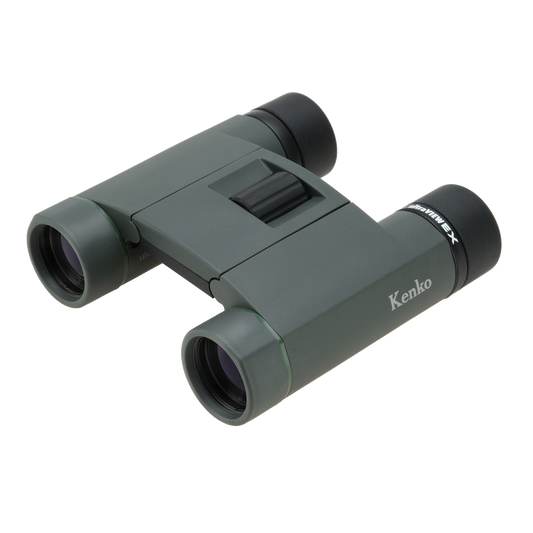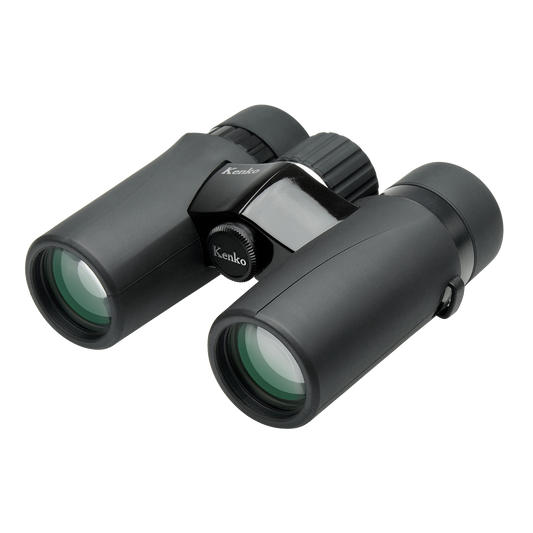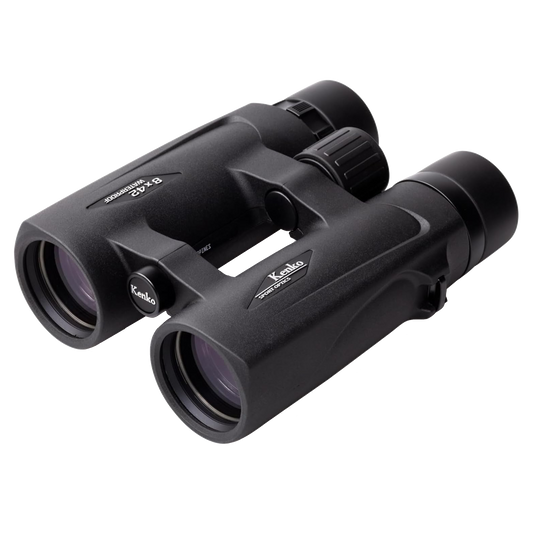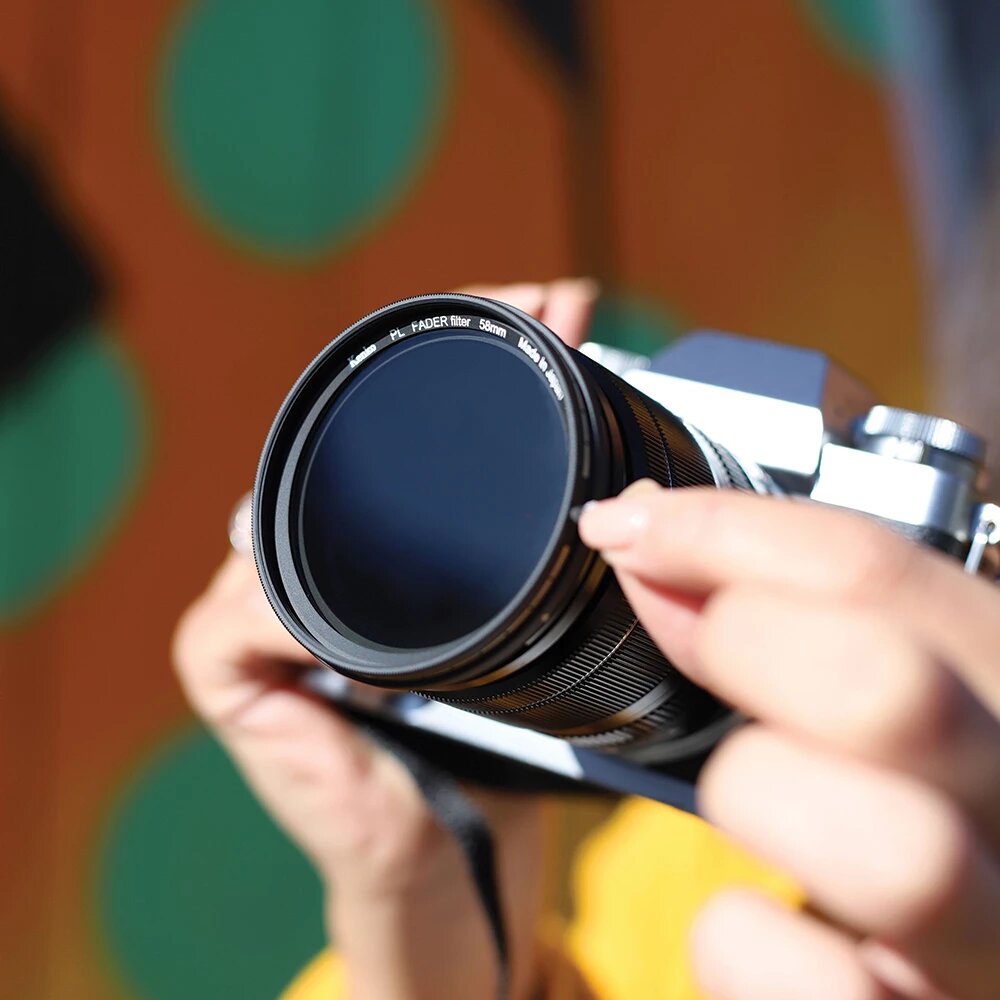
Want Better Landscape Photos? Invest in Neutral Density Filters

I’ve always loved photographing landscapes, but it wasn’t until well into my photography hobby that I finally picked up some neutral density filters.
I was concerned that they would be hard to use - after all, I’d have to do math to determine the appropriate shutter speed for the filter I was using. And since I don’t understand math, I just went without ND filters.
But, eventually, I put my big boy pants on and started using ND filters and haven’t looked back.
Let’s explore some of the ways that an ND filter can benefit your landscape photos.
How to Get Better Landscape Photos: Slow Down the Shutter

Photo by PetreaIonut via iStock
Adding movement to your landscape images is a sure-fire way to improve their visual appeal.
But blurring the movement of clouds or water or other features is impossible to do on a bright, sunny day. That’s where ND filters come in.
Depending on the strength of the filter, they can extend the shutter speed from a handful of seconds to minutes in length.
This allows you to make moving features a highlight in your photo, as shown in the example images above and below.

Photo by Zoltan Tasi on Unsplash
The darker the filter, the more light-stopping power it has, and the longer the shutter speed can be extended.
A relatively light ND filter, like a one-stop (also denoted as an ND2 filter or 0.3) might only give you a couple of seconds of shutter speed. But a ten-stop filter (also denoted as ND1024 or 3.0) might give you a minutes-long exposure.
While lighter ND filters like a one-stop, two-stop, or three-stop variety are more popular, the darker filters like a six-stop, ten-stop, or more give you much more ethereal results.
Learn More:
Neutral Density Filters Allow for Greater Aperture Control

photo by Global_Pics via iStock
While ND filters are perhaps best known for enabling you to extend the shutter speed without overexposing the image, they also have the benefit of letting you play with aperture to a much greater extent.
For example, let’s say you want to create an image with a very shallow depth of field. To do so, you have to open up the aperture, yet all the light that a large aperture lets in will overexpose the image.
In some cases, the scene is too bright for a very fast shutter speed to overcome. This is when an ND filter comes in handy.

photo by borchee via iStock
With its light-stopping power, an ND filter lets you open up the aperture, minimize the depth of field, and create images like above, in which the small details become the focal point of the image while the background fades away in beautiful blurriness.
These types of intimate landscape photos are less common, force you to take a new and different look at the landscape before you, and can stimulate all kinds of creative pursuits thanks to the assistance of an ND filter.

photo by tawatchaiprakobkit via iStock
But it isn’t just depth of field control that ND filters help you with…
By using an ND filter, you can avoid having to close down the aperture to control for exposure.
This is a huge advantage because no lens is at its sharpest at its maximum or minimum values. That means that on a bright day, shooting at f/22 might get you a good exposure, but the image won’t be optimally sharp.
But adding an ND filter and maintaining an aperture in the sweet spot - usually around f/8-f/11 - you can still get a good exposure and reap the benefits of using an aperture that generates a maximally sharp photo, like the one above.
What’s not to like about that?!
Editor's Tip: Get Kenko’s latest updates and access to promos for discounted gear. Click here to sign up.
Types of ND Filters

There are various types of solid ND filters you can use to achieve the effects outlined above:
- Drop-In Filters - Drop-in filters are often square or rectangular in shape and slide into a filter holder that’s mounted to the camera’s lens. These filters can be purchased individually or in kits that have multiple ND filters (i.e, a one-stop, three-stop, and six-stop) as well as the holder.
- Variable ND Filter - These filters screw onto the camera’s lens just like a circular polarizing filter does. Then, you can adjust the strength of the filter by rotating the filter housing to increase or decrease its light-stopping power. The advantage of a variable ND filter like the Kenko Variable NDX shown above is that it’s like having an entire filter kit in one filter, rather than carrying around multiple drop-in filters.
- PL Fader Filter - This filter has dual polarized film layers that work together to control how much light passes into the lens. Some PL Faders, like this one from Kenko (shown below), have a range of ND3 to ND400, which gives you an incredibly wide range of possibilities when it comes to controlling shutter speed, aperture, or both in extremely bright conditions. Like a variable ND filter, a PL fader screws onto your lens and you can easily adjust its light-stopping power by rotating the filter housing.

Whatever the type of ND filter you use, the benefits of doing so are undeniable.
With improved control over the exposure, the depth of field, and the creative capture of motion, these filters can help you take better landscape photos. Likewise, experimenting with ND filters can help you hone your photography skills and develop a keener creative eye.
Get an ND filter for your lens today and start reaping the benefits!
Originally published on Photographytalk.com

